By Yvonne Rasmussen, UC Master Gardener of Napa County
What's this weird thing growing in my yard? Is it dangerous, poisonous, or killing my plants? How can I get rid of it?
The Napa County Master Gardener help desk has recently been getting many calls and emails about mushrooms and slime molds in gardens, raised beds or mulched areas. Most people are alarmed and want to get rid of them.
This recent weather pattern, wet and cool days interspersed with warm sunny days, is perfect for fungi and slime mold to complete their life cycles.
While a few mushrooms are toxic and may indicate plant problems such as internal rot, most are benign or even beneficial. Fungi, slime molds and beneficial bacteria are workhorses in our soil. They help recycle nutrients by breaking down plant material to create healthy soils. They are the base of our soil food web, feeding other microbes and larger organisms and plants, too. Many fungi also help plant roots absorb water and nutrients from the soil.
Most soil fungi and bacteria are saprotrophs (also called saprophytes), meaning they digest only dead matter. A few are facultative saprophytes, meaning they can digest both live and dead tissue. These opportunists eat what they can find. They remain in the soil eating dead matter until they spot a weak, stressed plant nearby. Then they move into that plant to help it along in the dying process.
Soil fungi, slime molds and bacteria are a natural part of our gardens. They hide at or below the soil surface until conditions are right for them to produce fruiting bodies and spores, akin to an apple tree making apples.
These fruiting bodies may appear seemingly out of nowhere. Mushrooms or other strange forms like puffballs, cup fungi or powdery spikes seem to erupt from the ground. The powdery substances that come out of these fruiting bodies are spores. Like apple seeds, they are the means of propagation. Spores are often spread by wind or rain and sometime look like puffs of smoke.
Slime molds are not fungi but they also form fruiting structures with spores. Slime molds usually live above ground on the surface of mulch or leaf litter. When conditions are right, they coalesce into groups and migrate to a higher place before forming spores. They move like an amoeba, hence the name slime mold.
Slime molds are often brightly colored; they can be yellow, red, orange, white, grey, or black. As they move to their preferred new spot, we often notice their bright colors and the new larger form. After a day or two, these bright colors may fade to gray or brown as spores are released.
Fungi and slime molds occur wherever food is plentiful: in leaf litter, mulches, raised beds or other garden beds with organic content. Most of the time, we don't see them doing their work below ground or at the soil surface.
Most fungi have a vast underground network of hyphae, threadlike parts that access the food. To use the apple tree analogy, hyphae are the leaves, stems and roots. The mushroom that we see is only the fruit. Removing the mushroom does not kill the fungi below ground any more than harvesting an apple kills the apple tree.
You may want to remove mushrooms if there's a risk of a child or dog eating them. However, leaving them will help the fungi spread their spores and continue their work. Fungi and slime molds feed our soils, our plants and ourselves. Best to leave them be. Admire their amazing life cycle and their curious forms as a part of the soil food web.
You can earn more about the life of fungi and slime molds in Entangled Life: How Fungi Make Our Worlds, Change Our Minds & Shape Our Futures by Merlin Sheldrake (Random House), Teaming with Microbes: The Organic Gardener's Guide to the Soil Food Web by Jeff Lowenfels and Wayne Lewis (Timber Press) and Mycelium Running: How Mushrooms Can Help Save the World by Paul Stamets (Ten Speed Press).
YouTube has some fantastic videos featuring slime molds, including KQED's Deep Look series and other science education programs.
[Ed: The key difference between hyphae and mycelium is that hyphae are long branching thread-like structures of multicellular fungi while mycelium is the collection of hyphae which makes the fungus.]
The UC Master Gardeners of Napa County are doing several workshops in February on how building healthy soil at home (including fungi) can influence climate change. Join us for a soil workshop (“Your Soil Can Save Us”) in Yountville on Sunday, February 28, or learn about “Home Vineyard Soil Improvement for Climate Change and Wine Quality” on Saturday, February 27. See our website (https://napamg.ucanr.edu) for more details on upcoming programs, registration and past workshop recordings. Find past event recordings and resources on our website under Event Find Us.
Library Talk: Napa County Master Gardeners will give a talk on “Creative Cucurbits: Loofahs and More” on Thursday, February 3, from 7 pm to 8 pm. Save room in the garden for some crazy cucurbits and learn how to prepare them for your own use or as gifts. Register to receive the Zoom link at https://ucanr.edu/2022FebCucurbits.
Got Garden Questions? Contact our Help Desk. The team is working remotely so please submit your questions through our diagnosis form, sending any photos to mastergardeners@countyofnapa.org or leave a detailed message at 707- 253-4143. A Master Gardener will get back to you by phone or email.
For more information visit https://napamg.ucanr.edu or find us on Facebook or Instagram, UC Master Gardeners of Napa County.
Attached Images:
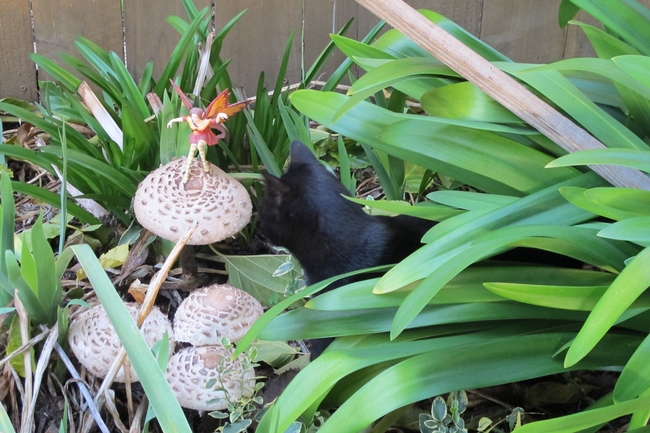
Mushroom Magic w/ Coco & Fairy. (YDRasmussen)
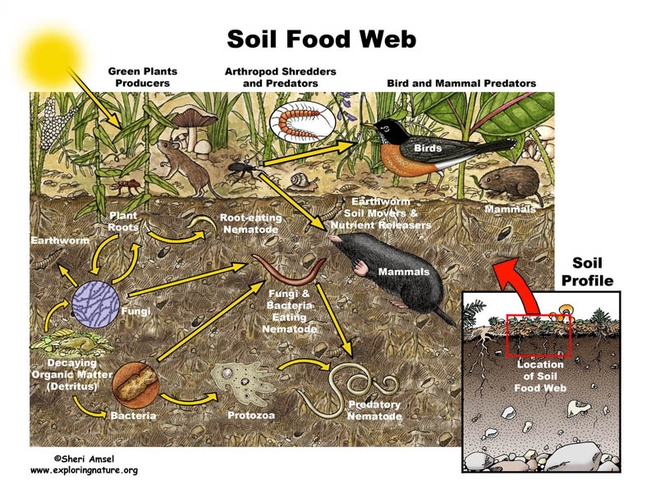
Soil food web; fungi play a big part in soil development. (exploringnature.org)
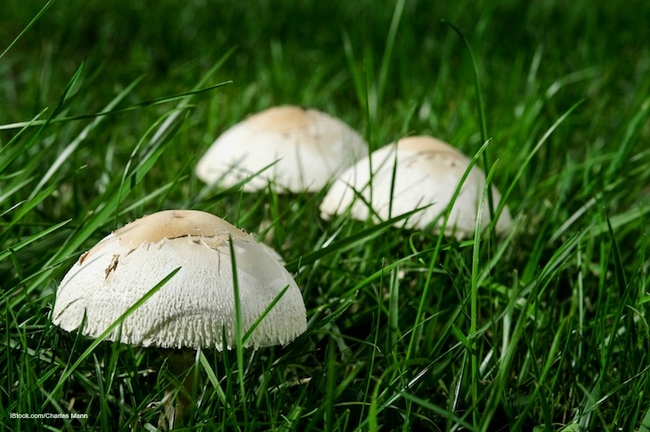
Mushrooms in the garden.(foodpoisoningbulletin.com)
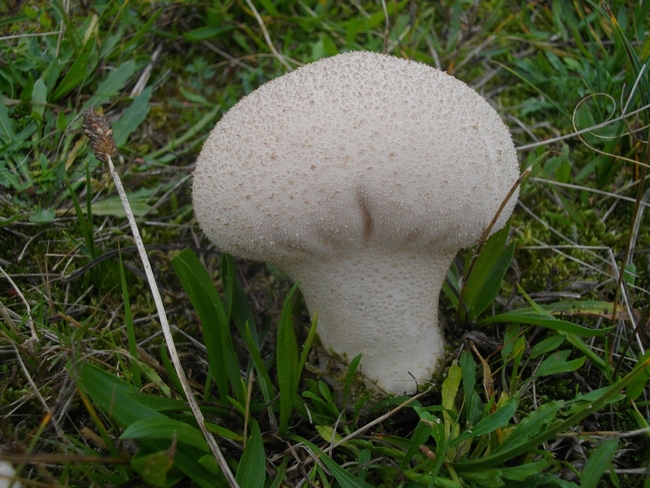
Puffball. (jamesbirdsandbeer.blogspot.com)
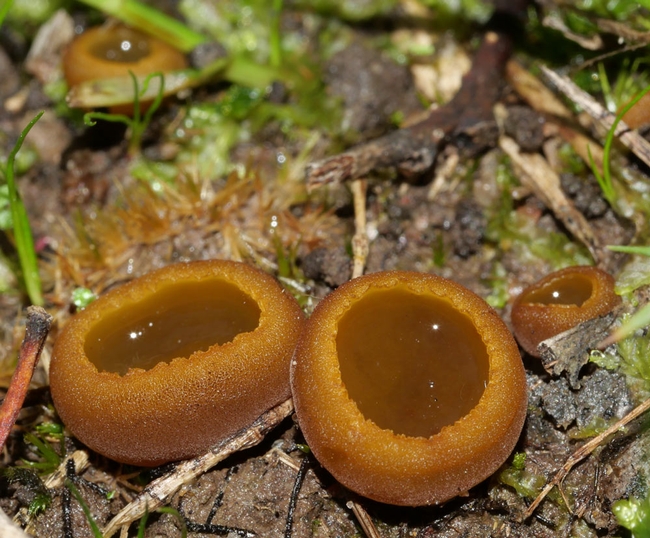
Cup fungi. (whp.altervista.org)
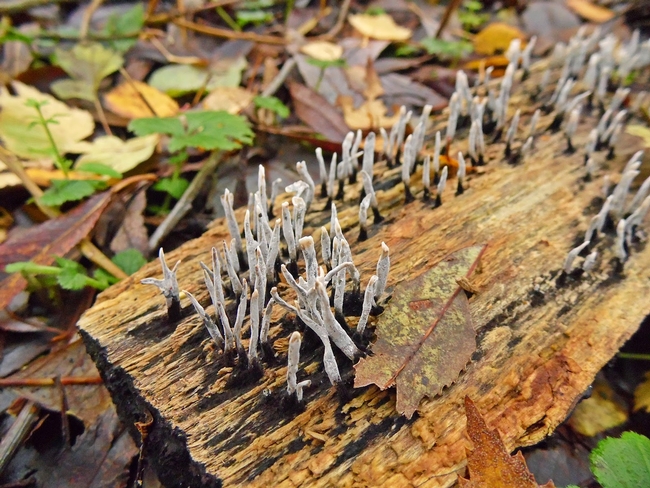
Powdery spikes fungi. (stephens-views.blogspot.com)
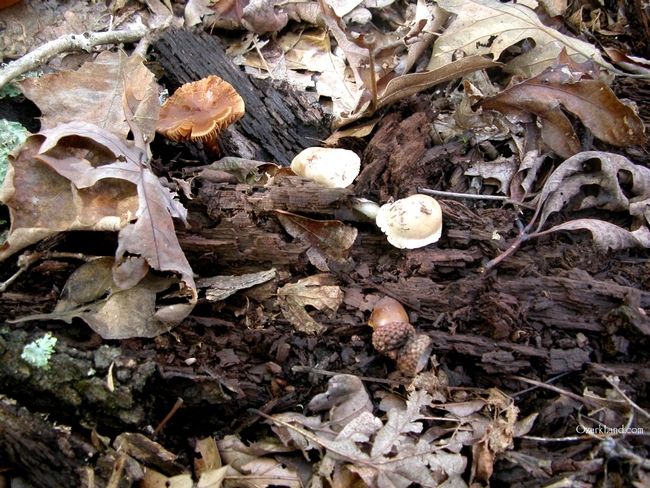
Decomposing leaf litter is home-sweet-home. for fungi. (writeopinions.com)
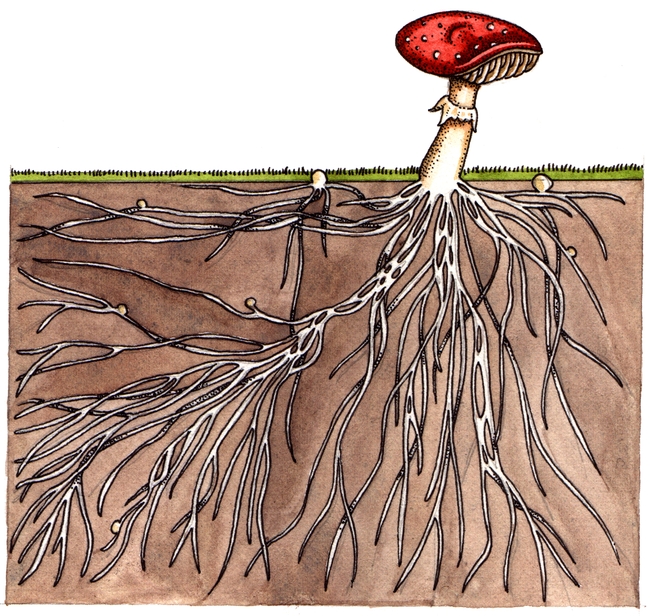
Fungus with underground hyphae. (lizzieharper.co.uk)
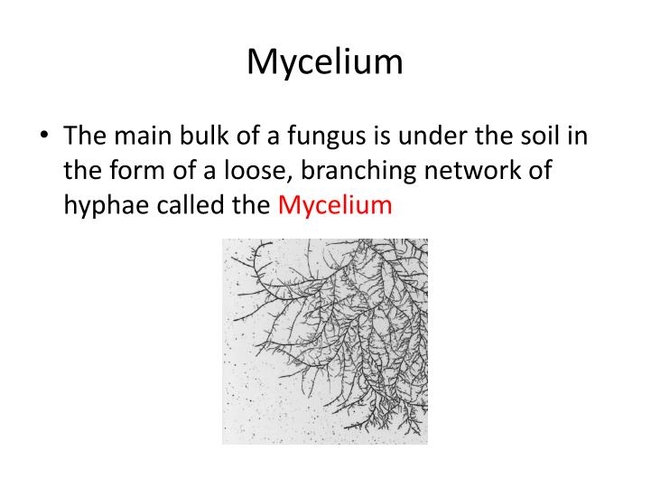
Mycelium. (slideserve.com)
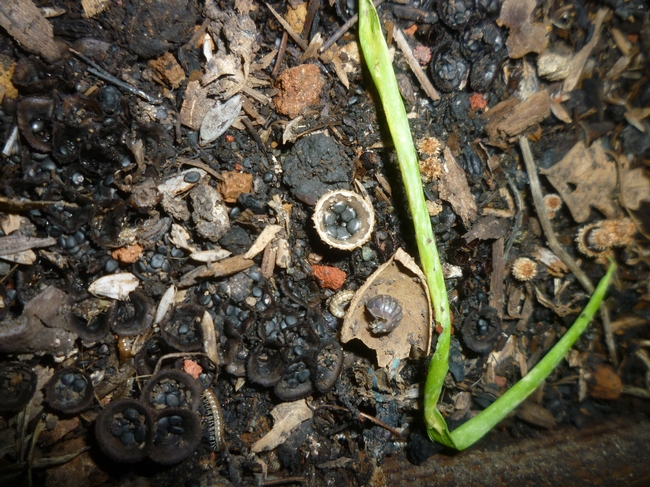
BirdNestFungi. (YDRasmussen)
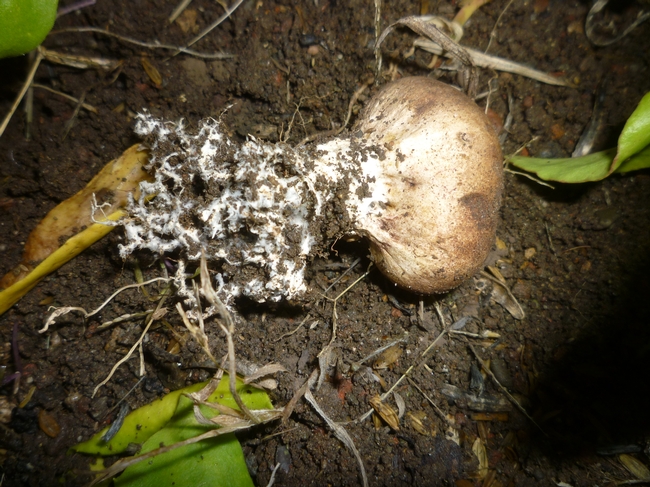
Fungi w/ Mycelium. (YDRasmussen)
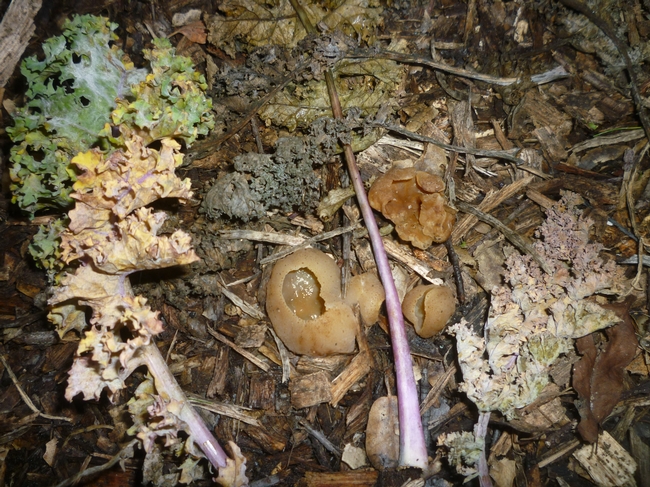
SacFungi. (YDRasmussen)
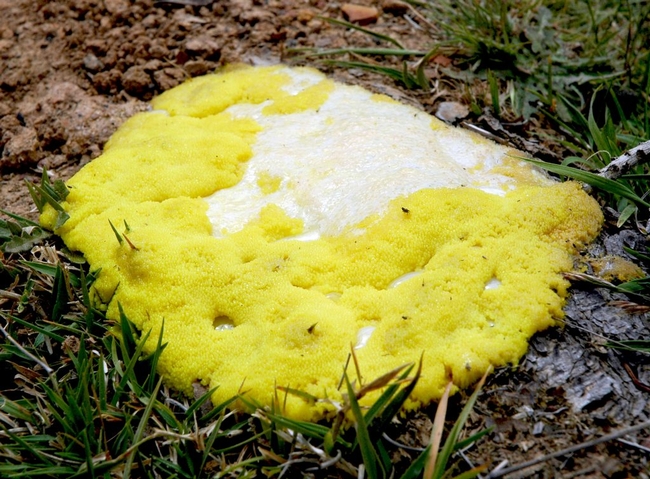
Slime mold looks like spit-up, and comes in colors, too. This is one. Others can be brown or orange, occasionaly white. (valleyadvocate.com)jpg